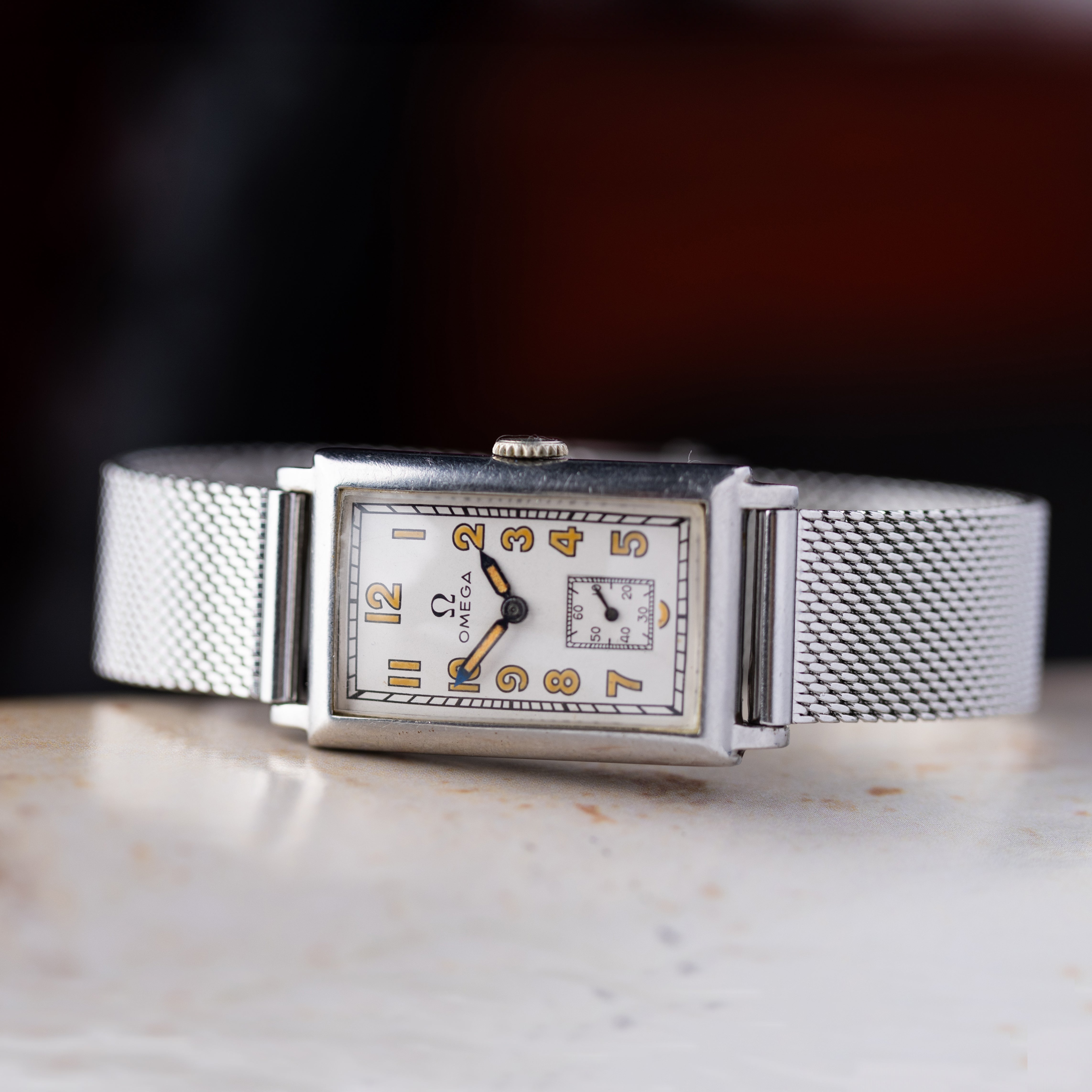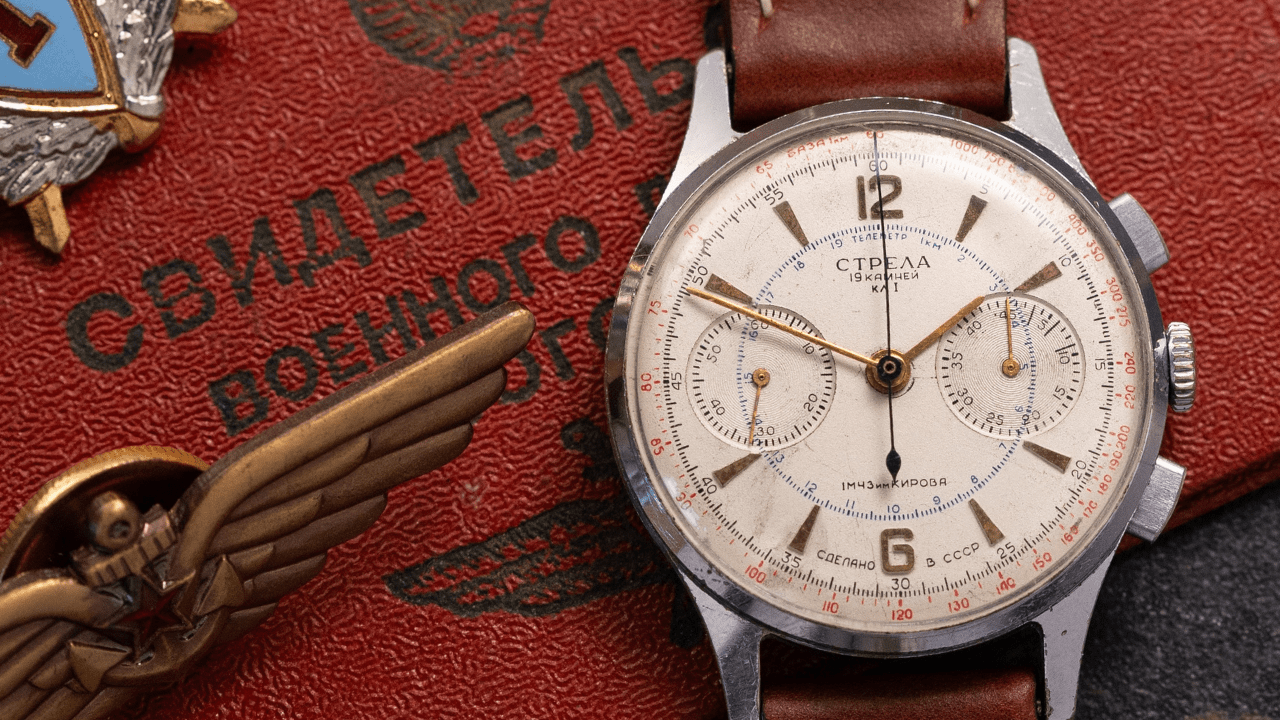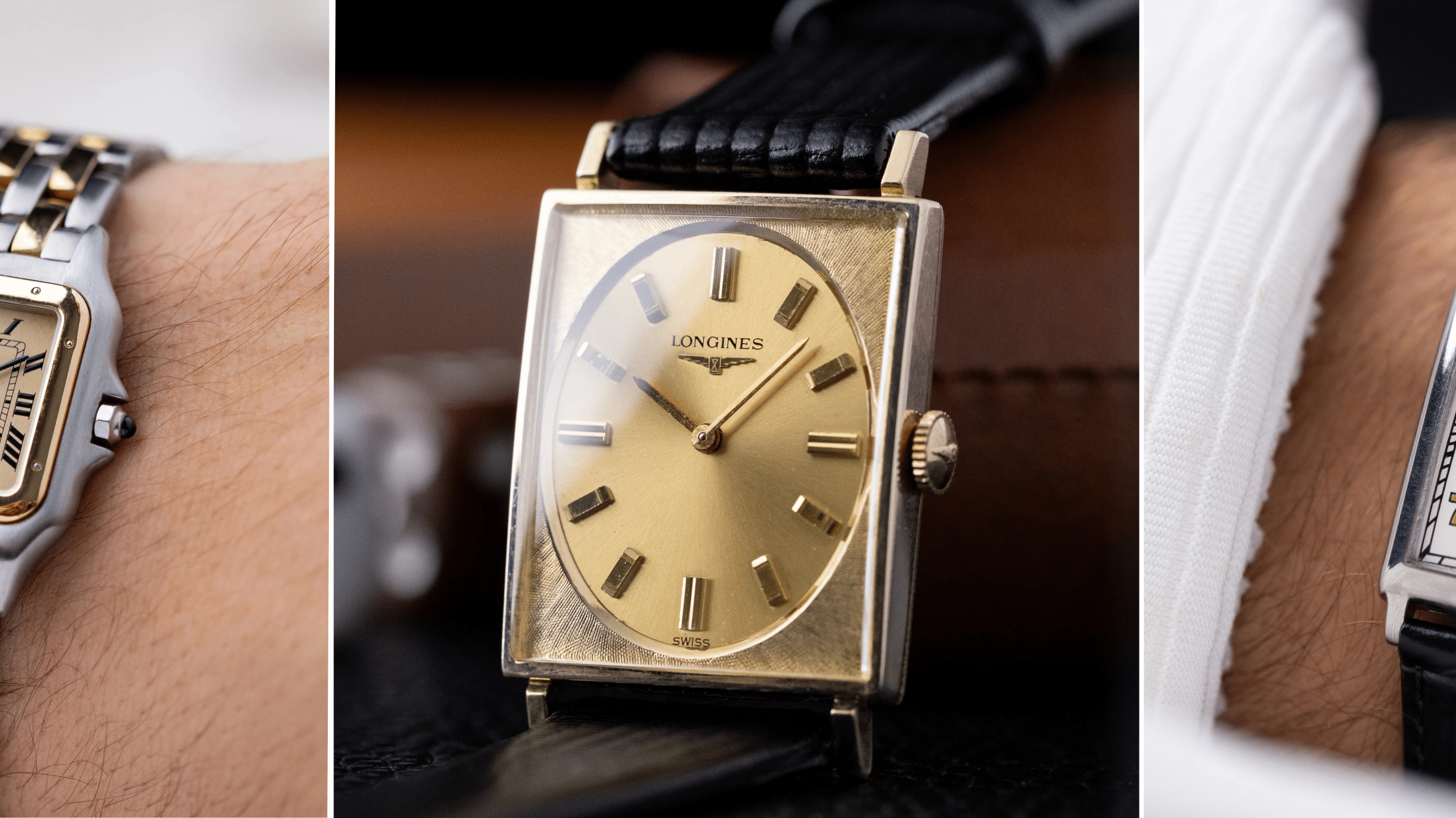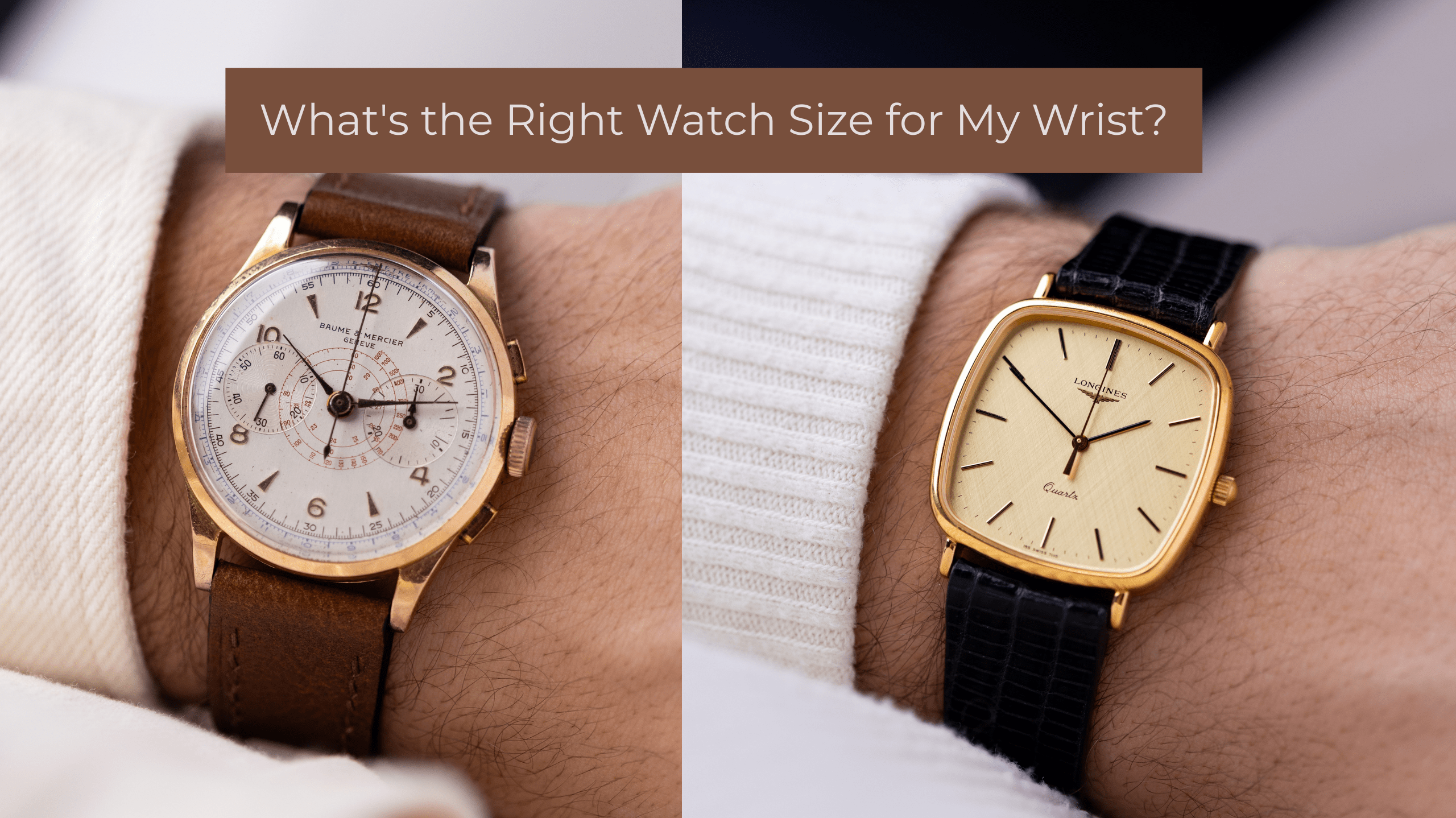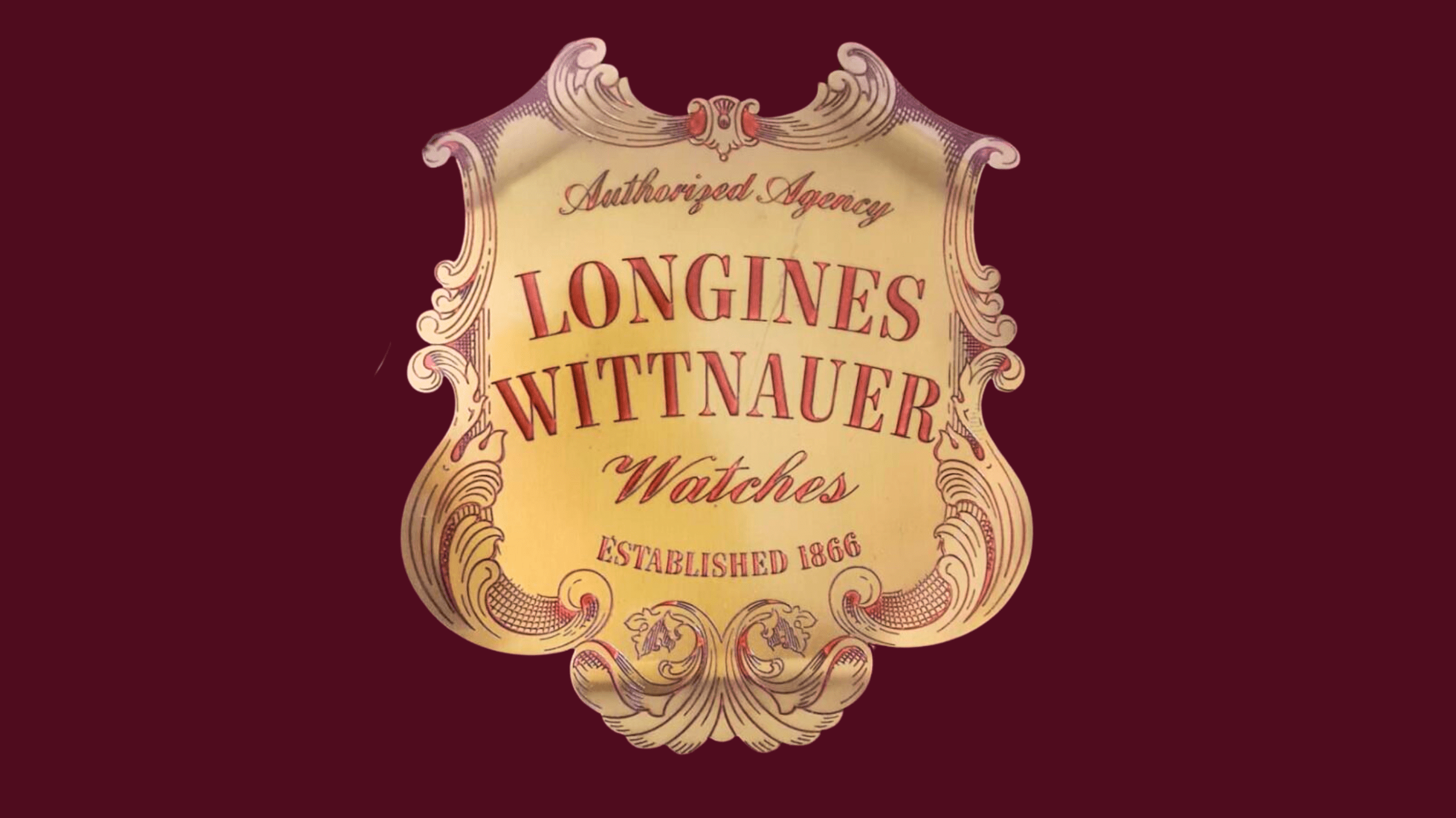Introduction: The Silent Pioneer of Space Horology
While Omega's Speedmaster claims the title of “Moonwatch,” another chronograph quietly preceded it in extraterrestrial horology. Before Omega ever reached lunar dust, the Soviet-made Strela chronograph marked a historic first: it accompanied Alexei Leonov on the first spacewalk in 1965.
At its core was the Poljot caliber 3017, a manually wound column-wheel movement derived from Swiss design but produced under Soviet industrial conditions. Over time, this caliber would appear not only under the original Strela name, but also as Poljot and Sekonda, each reflecting a unique chapter in Cold War horology.
This article is a deep dive into those chapters—exploring the differences, the engineering, the history, and the subtle details collectors need to discern authentic pieces from modern reproductions.
1. Origins: The Soviet Chronograph Project
East Meets West – Venus 150 Reborn
-
Swiss Foundation: The Soviet Union obtained the design and tooling for the Venus 150/152—a proven, Swiss column-wheel chronograph movement—just before it was retired by Venus. This gave Soviet engineers a shortcut to advanced chronograph technology.
-
Soviet Innovation: They didn’t simply copy it. The USSR increased jewel count (from 17 to 19 or 21), redesigned parts for local tooling, and reinforced the movement to meet military needs. The result was the Poljot 3017, one of the most mechanically sophisticated calibers ever produced behind the Iron Curtain.
-
Manufacturing Site: Production was undertaken by the First Moscow Watch Factory (1MWF), later renamed Poljot in 1964—a name that would become synonymous with Soviet aviation and cosmonautics.

2. First in Space: Strela’s Claim to Cosmic Fame
Why the Strela Went to Space
-
First-Ever EVA Companion: On March 18, 1965, cosmonaut Alexei Leonov wore a Strela chronograph during the world’s first extravehicular activity (EVA). This predates Ed White’s use of the Omega Speedmaster during NASA’s first spacewalk by three months.
-
Manual Wind for Zero-G: Unlike automatic watches that rely on gravity to wind, the manual-wind Strela was ideal for zero-gravity conditions. Cosmonauts could fully wind it before EVA and rely on it to run consistently during critical mission stages.
-
Vacuum-Resistant Design: Mechanical movements are naturally suited for the vacuum of space. There's no dependency on atmospheric pressure or electronic components that might fail in extreme conditions.
-
Field-Proven Reliability: Already issued to Air Force pilots, the Strela had proven itself robust and reliable in high-altitude and high-stress conditions.

3. The Caliber 3017: Soviet Column-Wheel Mastery
Core Technical Specifications
-
Movement Type: Hand-wound mechanical chronograph using a column-wheel mechanism, which offers a smoother chronograph start/stop/reset than cam-lever alternatives.
-
Beat Rate: Operates at 18,000 vibrations per hour (vph), or 2.5Hz. While this is slower than modern high-frequency movements, it reduces wear and improves service life.
-
Chronograph Register: Features a 45-minute counter—a unique specification likely tailored to aviation or spacecraft task durations. This contrasts with the more common 30-minute counters found in many Western chronographs.
-
Jewels: Ranges from 19 to 21 synthetic ruby jewels, depending on the production year and model variation. The extra jewels reduce friction and increase the movement’s longevity.
-
Dial Layout: Bi-compax format: left subdial for running seconds, right subdial for the chronograph totalizer.
-
Construction & Finish: While the 3017 is mechanically advanced, it features a utilitarian finish—no decorative flourishes like Geneva stripes, just robust metal bridges and industrial resilience.
4. Design Evolution and Branding: Strela vs. Poljot vs. Sekonda
A. Strela (Cyrillic Dial, 1959–1964)
-
Dial Branding: Displays “СТРЕЛА” in Cyrillic script—exclusively used on early models issued to Soviet pilots and cosmonauts.
-
Color Scheme: Always featured light-colored dials—silver, white, or light cream. Strela-branded watches never had black dials. Any such examples are not authentic or are incorrectly labeled.
-
Dial Scales: Multiple printed scales were common—telemeter in blue, tachymeter in red or black—giving the dial a scientific aesthetic.
-
Hands: Used thin baton or needle hands, often without lume to avoid clutter and possible radiation hazards from radium paint.
-
Case Material: Chrome-plated brass, 36mm diameter, with a snap-on caseback and domed acrylic crystal.

B. Poljot (Latin Script, ~1964–early 1970s)
-
Rebranding: Following the renaming of 1MWF to Poljot in 1964, dial markings changed to “Poljot” in Latin script, often still retaining similar case and dial layout.
-
Hands & Lume: Broader “paddle” style hands were introduced, along with luminous paint on the hour markers and hands for better readability in dim light.
-
Dial Variants: Mostly white or silver, though some gray-toned dials appear—often the result of patina rather than original production.
-
Purpose: These watches were issued more widely, including to civilian engineers and scientists, expanding beyond strictly military use.

C. Sekonda (Export Market, 1970s)
-
Export Branding: “Sekonda” was a Soviet export brand created for non-Soviet markets, especially the UK. Watches were rebranded for Western consumers to reduce Cold War stigma.
-
Dial Colors: Black dial versions first appear under Sekonda. These are authentic 3017-powered chronographs but were never issued as Strela.
-
Case Variants: Some Sekonda models feature stainless steel cases rather than chrome-plated brass, indicating higher quality for Western consumers.
-
Movement: Still powered by the Poljot 3017, albeit sometimes with simplified or anglicized engraving.
-
Dial Printing: Clean, often more minimal than Strela or Poljot, and no Cyrillic script is present.

5. Other 3017 Applications: Molnija and ChChZ
-
Scientific and Military Stopwatches: The 3017 was also used in non-wristwatch chronographs, produced by Molnija and Chistopol Watch Factory (ChChZ).
-
Design: These included large-diameter pocket or panel instruments, used in labs, vehicles, or military applications where split-second timing was critical.
-
Dial Layouts: Often simplified for specific tasks—one or two subdials, high-contrast markings, no branding, or just factory markings.
6. Serial Number Chart and Production Dating
The visual serial chart (as seen in your reference image) offers a reliable way to estimate the production year:
-
000000–199999: Early 1960s – Strela models with Cyrillic dials
-
200000–499999: Mid-1960s to early 70s – Transition to Poljot
-
500000–999999: 1970s – Poljot and Sekonda production until 1979
Use this to cross-reference a watch's serial number with its branding and dial characteristics.

7. Authenticity Guide: Avoiding Fakes and Reissues
Movement Checks
-
Column-Wheel Mechanism: Genuine 3017s always use a column wheel. Cam-lever movements like the 3133 are NOT equivalent.
-
Markings: Look for engravings such as “3017”, jewel count, and Poljot logo—typically in Cyrillic on early versions.
-
Subdial Limit: A correct 3017 chronograph will always have a 45-minute counter. A 30-minute register = incorrect movement (likely a Chinese ST19 or Valjoux clone).
Dial Authenticity
-
Fonts and Layout: Reference known examples. Fonts changed subtly across the years, but anything too sharp, modern, or misaligned is likely a reprint.
-
Color Rules:
-
Strela: White/silver ONLY
-
Poljot: White/silver/grey
-
Sekonda: Includes black variants
-
Case and Crystal
-
Crystal: Vintage Strelas use domed acrylic. Sapphire = modern replacement or homage.
-
Wear and Patina: Expect some brassing, scratches, or lume discoloration. Pristine condition usually signals restoration or forgery.
Sources and Provenance
-
Always request movement photos, caseback engravings, and ideally, original paperwork.
-
Buy from known collectors, vintage Soviet watch specialists, or vetted auction houses.
-
Forums like WatchUSeek, Relojes Rusos, and SovietWatchForum provide authentication guides and comparisons.
8. Collector Value and Current Market
-
Top-Tier Collectibles: Early Cyrillic Strela with Arabic 12/6 numerals. ~5,000 produced. Rare and highly desirable.
-
Poljot Transitional Models: Often affordable but gaining value. Key interest lies in variations of hands, lume application, and movement stamping.
-
Sekonda Black Dials: Once ignored, now recognized as valid 3017s and appreciated for their export rarity and unique appearance.
-
Watch Out For: “Frankenwatches” built with surplus 3017s in new cases. These dilute the market and confuse novice buyers.
-
Pricing Trends: Expect €600–€1,200 for good examples, and well over €2,000 for pristine or early Strela pieces with provenance.
Conclusion: A Watch That Earned Its Place in the Cosmos
The Strela and its 3017-powered siblings are not just collectible—they’re historically pivotal. These are watches that bridged Cold War secrecy with the daring of human spaceflight. Understated in looks but exceptional in performance, they remain one of the most compelling vintage chronographs on the market.
If you own one, you don’t just have a watch—you have a Cold War artifact, a technical instrument, and a conversation piece that once marked time in orbit.

